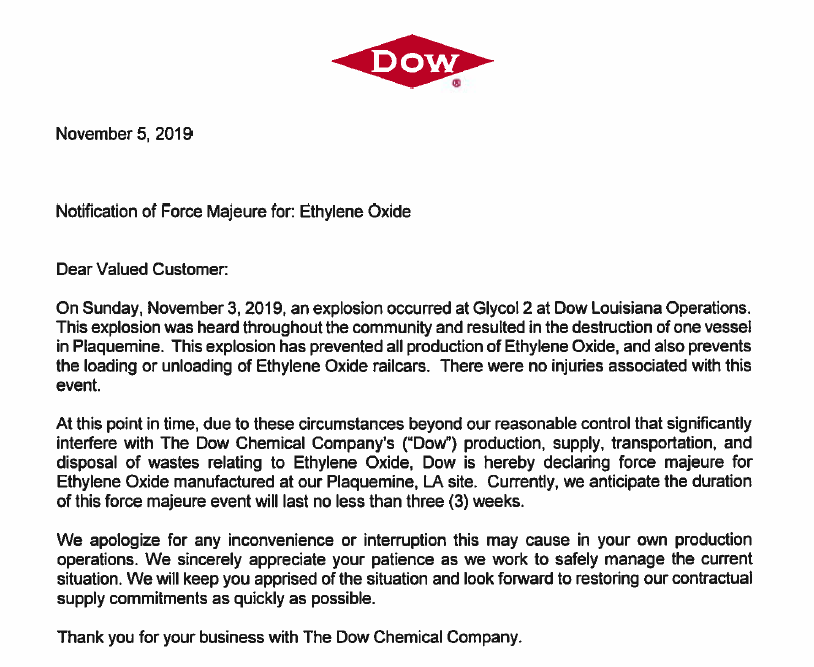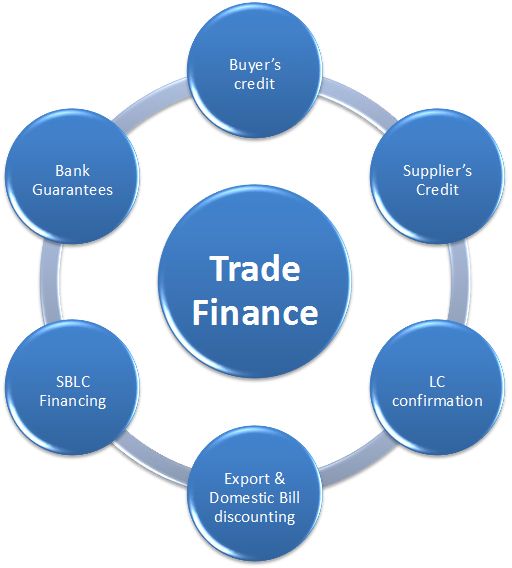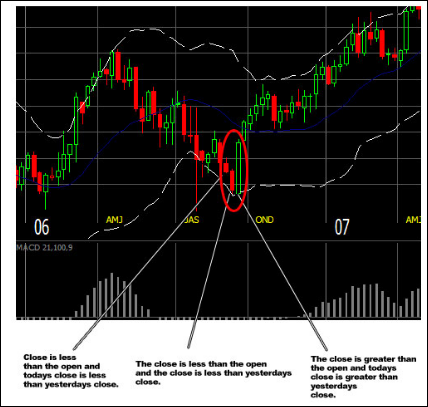Contents:


INVESTMENT BANKING RESOURCESLearn the foundation of Investment banking, financial modeling, valuations and more. The table below provides us with Capital Gearing ratios from 2007 – 2015 of these Oil & Gas companies. Save taxes with ClearTax by investing in tax saving mutual funds online. Our experts suggest the best funds and you can get high returns by investing directly or through SIP. CAs, experts and businesses can get GST ready with ClearTax GST software & certification course. Our GST Software helps CAs, tax experts & business to manage returns & invoices in an easy manner.

Utility companies, for example, require large capital investments, but they are monopolies and their rates are highly regulated. In industries requiring large capital investments, gearing ratios will be high. Lenders and investors pay close attention to the gearing ratio because a high ratio suggests that a company may not be able to meet its debt obligations if its business slows down.
What is the purpose of a gearing ratio?
This team of experts helps Finance Strategists maintain the highest level of accuracy and professionalism possible. Our team of reviewers are established professionals with decades of experience in areas of personal finance and hold many advanced degrees and certifications. At Finance Strategists, we partner with financial experts to ensure the accuracy of our financial content.
Because the credit purchases figure is often not available to analysts external to the business, the cost of sales figure is often used as an approximation. The payables payment period measures the average amount of time taken to pay suppliers. Long payment periods are good for the customer’s liquidity but can damage relationships with suppliers. With the current ratio it is not the case of the higher the better, as a very high current ratio is not necessarily good. Cash is often described as an ’idle asset‘ because it earns no return and carrying too much cash is considered wasteful. A high ratio could also indicate that the company is not making sufficient use of cheap short-term finance.
Without debt financing, the business may be unable to fund most of its operations and pay internal costs. The gearing ratio is a measure of financial leverage that demonstrates the degree to which a firm’s operations are funded by equity capital versus debt financing. Gearing ratio, i.e., the relationship of long-term debt to total capital is considered the most important by many investors and financial analysts.
This ratio indicates how much is being contributed by the Debenture-holders to the total investments made by the Equity Shareholders and Debenture-holders and expressed as a percentage. The Debenture-holders can form an idea about the Debenture interest and the safety of capital from this ratio. The Equity Shares which are issued are allotted to the friends and relatives of the promoters first so that control and management of the company may be retained.
Accountants do not take into consideration the price level changes while valuing various assets in different period. Trend percentage may be used for both balance sheet and profit and loss account. The greatest weakness of current ratio is the possibility of window dressing and manipulation. Idle machines and tools required for normal operation of plant would not be included in capital employed.
More information is derived from the use of comparing https://1investing.in/ ratios to each other. When the industry average ratio result is 0.8, and the competition’s gearing ratio result is 0.9, a company with a 0.3 ratio is, comparatively, performing well in its industry. Degree Of Financial Leverage FormulaThe degree of financial leverage formula computes the change in net income caused by a change in the company’s earnings before interest and taxes. It aids in determining how sensitive the company’s profit is to changes in capital structure. If the firm’s capital is highly geared, it would be too risky for the investors to invest.
Connect With a Financial Advisor
Cash Flows From OperationsCash flow from Operations is the first of the three parts of the cash flow statement that shows the cash inflows and outflows from core operating business in an accounting year. Operating Activities includes cash received from Sales, cash expenses paid for direct costs as well as payment is done for funding working capital. Gearing refers to the ratio of a company’s debt relative to its equity; if it’s high, then a firm may be considered as highly geared . In the event of a leveraged buyout, the amount of capital gearing a company will employ will increase dramatically as the company takes on debt to finance the acquisition. In simple words, capital gearing means the ratio between the various types of securities in the capital structure of the company. To some analysts, this may be an advantage as a company with little debt has more room for manoeuvre if it ever needs financing, especially if the creditors do not threaten its independence.
And from the ratio, we would be able to understand whether the company’s capital is high geared or low geared. Now let’s look at the formula to calculate the ratio all by ourselves to understand the nitty-gritty of a firm’s capital structure. The equity multiplier is a calculation of how much of a company’s assets is financed by stock rather than debt. Return on equity is a measure of financial performance calculated by dividing net income by shareholders’ equity. Gearing ratios are a group of financial metrics that compare shareholders’ equity to company debt in various ways to assess the company’s amount of leverage and financial stability.
- Sometimes capital gearing is calculated in terms of debt to equity ratio and not total capital.
- A company is said to have a high capital gearing if the company has a large debt as compared to its equity.
- But the cost of financing such a security proves prohibitive for the company.
- Capital gearing refers to a company’s relative leverage, i.e. its debt versus its equity value.
A company whose cwfr is in excess of 60% of the total capital employed is said to be highly geared. This is shown by the fact that the common stockholders’ equity exceeds the fixed cost bearing funds . By contrast, both preference shareholders and long-term lenders are paid a fixed rate of return regardless of the level of the company’s profits. For instance, assume the company’s debt ratio last year was 0.3, the industry average is 0.8, and the company’s main competitor has a debt ratio of 0.9.
Control and manage gearing ratio
So, if EBIT changes, there must be a corresponding change in EPS provided the firm does not use fixed interest bearing securities. As a result, the cost of debt is the only part of cost which is payable by way of interest only. It looks at how many times a company’s operating profits exceed its interest payable. The higher the figure, the more likely a company is to be able to meet its interest payments.
A business that does not use debt capital misses out on cheaper forms of capital, increased profits, and more investor interest. For example, companies in the agricultural industry are affected by seasonal demands for their products. They, therefore, often need to borrow funds on at least a short-term basis. This is done either to increase the value of the existing shares or to prevent various shareholders from controlling the company. Term DebtLong-term debt is the debt taken by the company that gets due or is payable after one year on the date of the balance sheet. It is recorded on the liabilities side of the company’s balance sheet as the non-current liability.
The firm cannot issue equity shares if it has reached its prescribed limit. In that case, the firm is to depend on debt capital for raising further funds. Similarly, outsiders desire that shareholders should take the greater risk.
Treasury StockTreasury Stock is a stock repurchased by the issuance Company from its current shareholders that remains non-retired. Moreover, it is not considered while calculating the Company’s Earnings Per Share or dividends. Now the question remains, what would a firm do if it finds out that its capital is highly geared, and it needs to take action to make the capital low geared gradually. Just upload your form 16, claim your deductions and get your acknowledgment number online.

It basically exposes the company to a huge financial risk and that normally leads to lower P/E valuations. The most effective method to lower your capital-gearing is to increase profit margins. If your company cannot sell its equity at a reasonable price, you can turn it into shares instead of cash. If your company needs funding for acquisitions or a leveraged buyout, you can sell some shares and reduce your working capital. When sourcing for new capital to support the company’s operations, a business enjoys the option of choosing between debt and equity capital.
We will first calculate the company’s total debt and equity and then use the above equation. A highly geared firm is already paying high amounts of interest to its lenders and new investors may be reluctant to invest their money, since the business may not be able to pay back the money. When a company possesses a high gearing ratio, it indicates that a company’s leverage is high.

It would then miss out on growth opportunities that its competitors would undoubtedly not hesitate to seize. Financial statements serve as a useful guide for the stakeholders of the company. A low gross profit ratio indicates unfavourable trend in the form of reduction in selling prices. Financial ratios can indicate areas of potential strength and weakness.
Capital Gearing Ratio क्या होता है ?
It represents the potential capital gearing ratio is on investment for a given stock. From the above example, we can see that preferred stock and bonds are dividend & interest-bearing funds. So from the above, it’s clear that we will take the simple ratio between common stock and all other components of capital structure.




